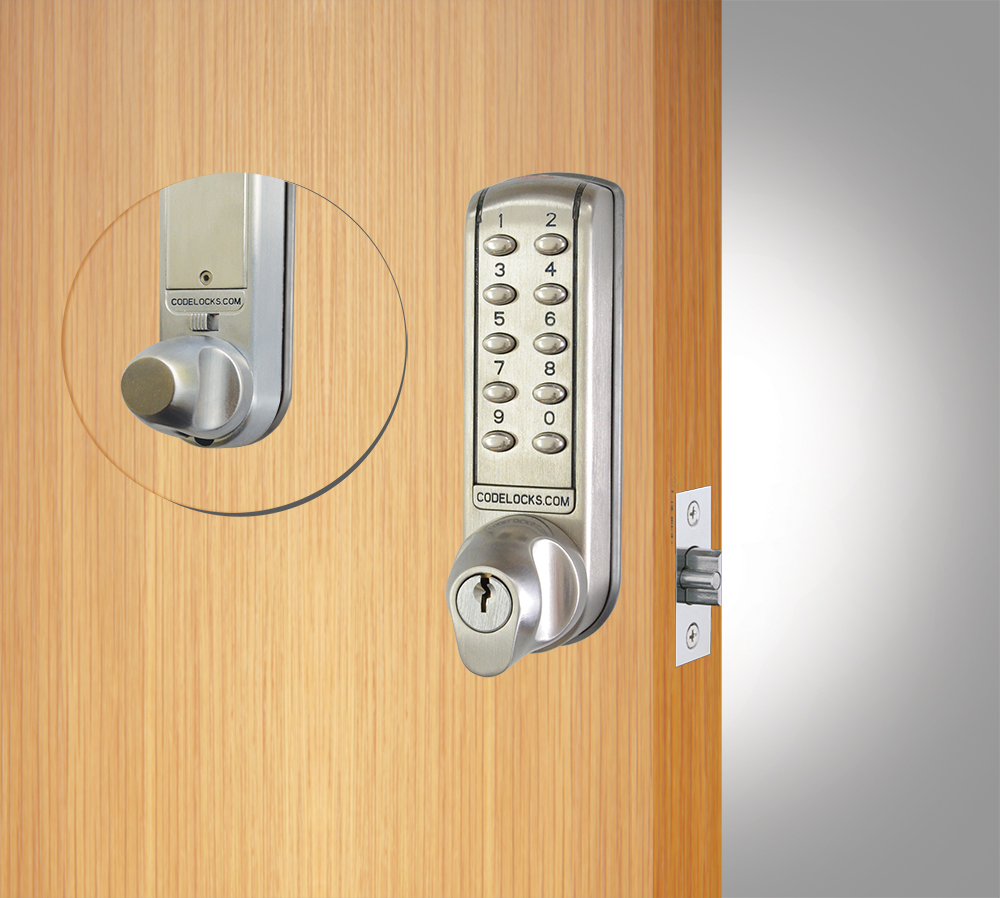If the answer to these questions is yes, then you need to upgrade to a digital electronic coded door lock. It sounds easy enough, but how difficult is it to retrofit mechanical locks and how long will it take?
Using a product from our CL2000 range of digital electronic door locks it takes about 10 minutes to upgrade from a CL255 mechanical lock to a medium-duty CL2255 electronic tubular mortice keypad lock onto a wooden door.
You will need a screwdriver and drill, and a 25mm drill bit for wood.
That's it! Your new digital electronic coded door lock is ready to use. And the next time you have to change the access code, it can be reprogrammed on the door in seconds.
For more information on the features of a digital electronic keyless door lock, read our blog post:the difference between digital mechanical and electronic keypad locks.
Visit our website to see the full range of digital push-button door locks.

1. Remove the existing lock from the door, leaving the latch in place.
2. Use the gasket from the CL2255 to mark the extra hole for the battery cable.
3. Drill the hole from both sides of the door to avoid splintering.
4. Reinsert the spindle with the spring on code side of door.
5. Place the back plate over the spindle passing the cable through the hole in the gasket.
6. Use the existing fixing bolts from the old lock to secure the new one.
7. Install the battery pack and fit the battery cover.
12, Jul 2012